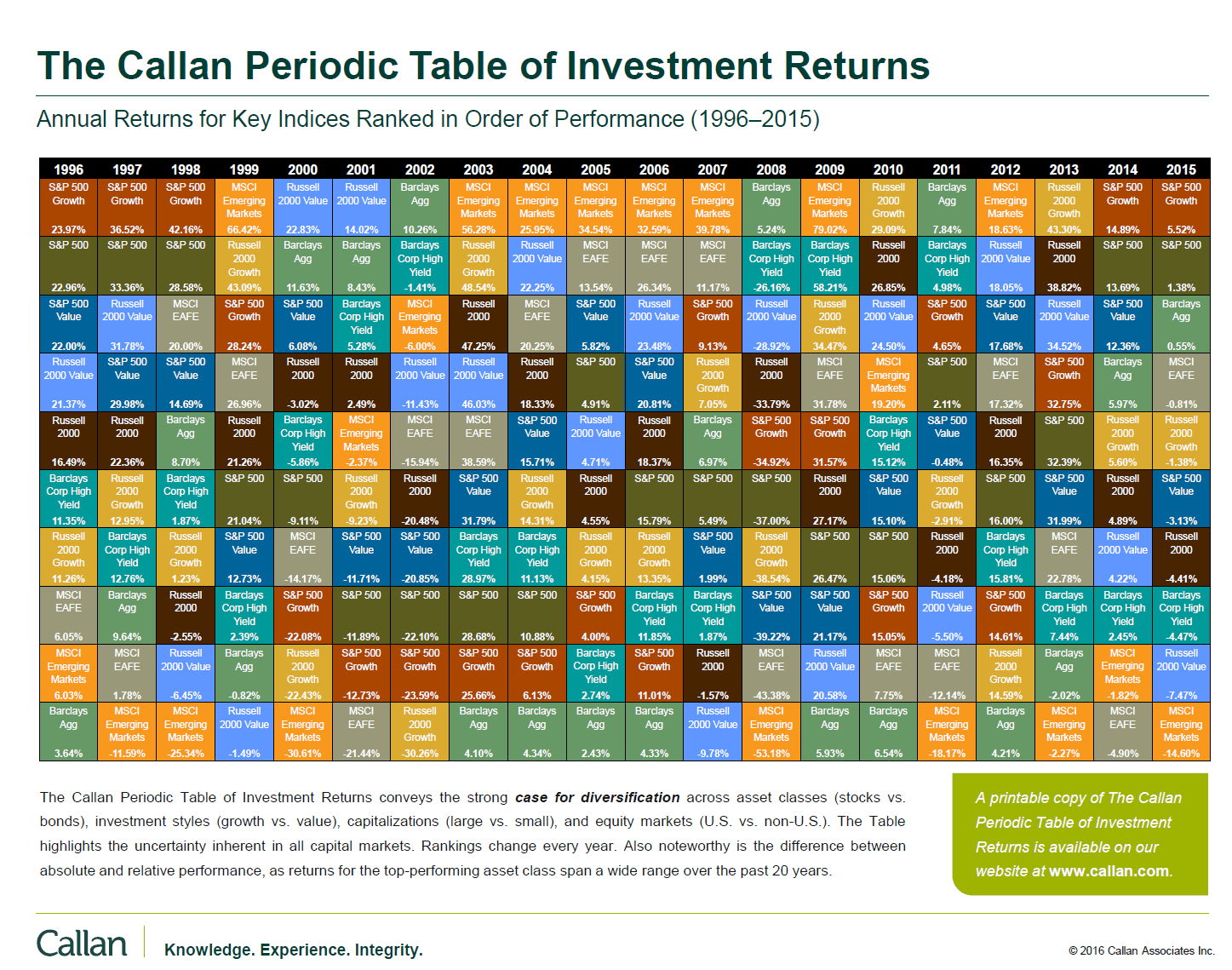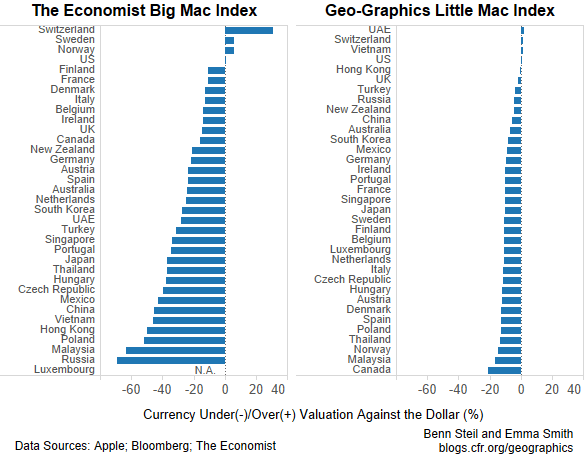Equity markets worldwide have had a bad start this year with the S&P 500 down so far about 6% just in one week. Other developed and emerging markets as well are in the red.
As this China-induced selloff continues here are some thoughts:
China triggered a global selloff last summer also.And then markets recovered as China intervened with new rules to prevent a total collapse. it remains to be seen if China can cause the global economy to enter into a recession or even a depression.
Unlike other emerging countries, the majority of Chinese equities are NOT held by foreign investors or institutions. Instead the domestic retail investor hold most of the stocks. According to one estimate, just 2% of the Chinese stocks are owned by foreign investors.
Domestic retail investors are prone to follow the herd mentality and are likely to cause volatility of extreme proportions. For example, lack of maturity and long-term thinking drives individual investors to panic when they the markets is a sea of blood red and others sell.
Though countries dependent on China and oil-exporting countries are adversely impacted due to the current situation, it does not mean there no opportunities to be found anywhere. For example, many developed world companies are not highly tied to China or rely on the price of crude oil.
There are always stocks worth buying regardless of the market conditions. Even if the market has entered a bear market, it is impossible for an ordinary investors to wait for the perfect time to pick a stock at the trough. Simply put identifying a bottom is almost impossible.
So despite the current decline in stock prices, there are stocks worth buying at current or lower prices. Wise investors usually take advantage of volatile markets as bargains can be found easily.
Investors with a long-term view can monitor the following foreign stocks for potential additions to their portfolios in a phased manner;
- Continental AG (CTTAY)
- Novo Nordisk A/S (NVO)
- Safran SA (SAFRY)
- Nordea Bank AB (NRBAY)
- Fresenius Medical Care AG & Co (FMS)
- DBS Group Holdings Ltd(DBSDY)
- Reckitt Benckiser Group plc (RBGLY)
- AstraZeneca PLC (AZN)
- Fomento Economico Mexicano SAB de CV (FMX)
- Edp Energias De Portugal SA (EDPFY)
Disclosure: Long RBGLY


